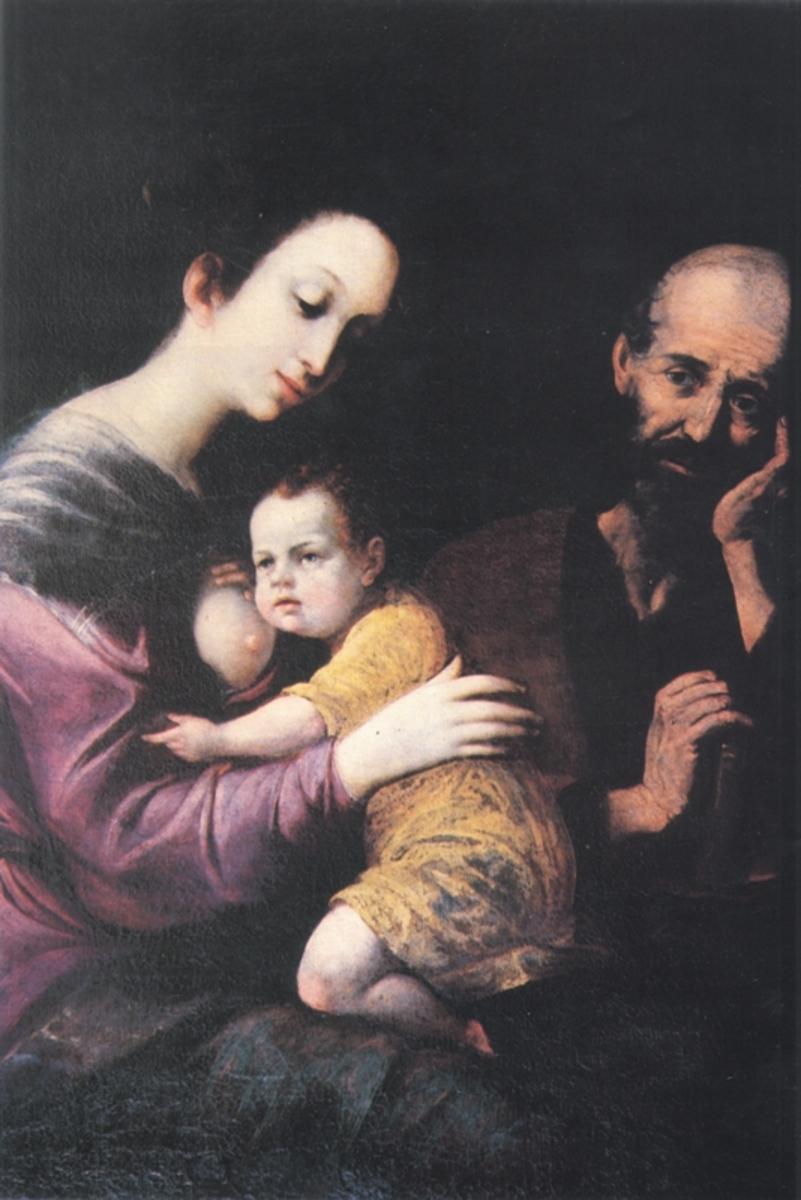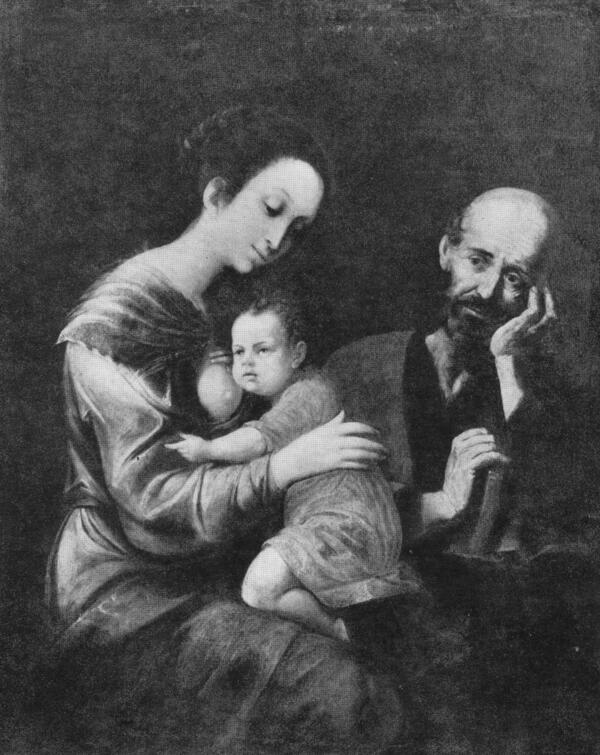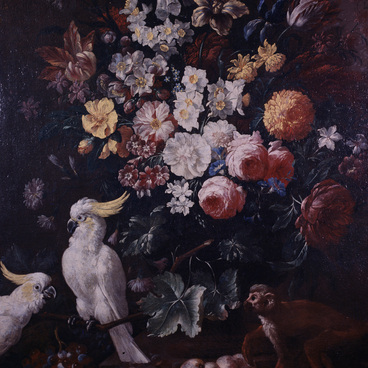The Holy Family was one of the most common subjects in the art of the 16th to the 18th centuries. The wide popularity of biblical images and the simplicity of human relationships between the characters led to the popularity of this motif in the fine arts of the Renaissance.
Jesus was most often depicted as a baby surrounded by his parents — the Virgin Mary and Joseph the Carpenter. Often there were also images of Christ’s second cousin John the Baptist, the latter’s mother Elizabeth, and his grandmother Anna. The family could be portrayed outside or inside, surrounded by angels, animals, birds, flowers, and fruit.
The painting “The Holy Family” has long been listed in the Ulyanovsk Regional Art Museum as the work of an unknown artist. However, in the end, the experts were able to identify the author — he turned out to be a prominent representative of Spanish Mannerism, Luis de Morales. Like many of his contemporaries, he preferred religious subjects in painting, for which he received the nickname the “Divine Morales.” He spent his whole life away from capitals and fashionable artistic trends, so he retained his individual style and stood apart from the Spanish painters of the 16th century. Towards the end of his life, Morales became poor, lost his sight, and lived on the pension of King Philip II.
The Virgin in Morales’s painting is poetic, thoughtful and calm. The Holy Family is a model of a Christian family, and Mary herself is the ideal of feminine beauty and virtue. Morales endowed her with grace, spiritual height and inner light. Next to her is Joseph, who is more down-to-earth, real and thoughtful. His skin is noticeably darker, his face is wrinkled. The Infant Jesus is traditionally depicted in the center of the composition and surrounded by the attention of the members of the Holy Family.
In this painting, the artist employed a smooth glazing technique. He made thin, long, translucent brush strokes, which either become thicker and acquire a richer tone, or almost vanish like light. The vibrant colors with prevailing cold pinkish-violet and bluish-green tones contrast with the dull black background and make the painting of Luis de Morales look noble and restrained.
Jesus was most often depicted as a baby surrounded by his parents — the Virgin Mary and Joseph the Carpenter. Often there were also images of Christ’s second cousin John the Baptist, the latter’s mother Elizabeth, and his grandmother Anna. The family could be portrayed outside or inside, surrounded by angels, animals, birds, flowers, and fruit.
The painting “The Holy Family” has long been listed in the Ulyanovsk Regional Art Museum as the work of an unknown artist. However, in the end, the experts were able to identify the author — he turned out to be a prominent representative of Spanish Mannerism, Luis de Morales. Like many of his contemporaries, he preferred religious subjects in painting, for which he received the nickname the “Divine Morales.” He spent his whole life away from capitals and fashionable artistic trends, so he retained his individual style and stood apart from the Spanish painters of the 16th century. Towards the end of his life, Morales became poor, lost his sight, and lived on the pension of King Philip II.
The Virgin in Morales’s painting is poetic, thoughtful and calm. The Holy Family is a model of a Christian family, and Mary herself is the ideal of feminine beauty and virtue. Morales endowed her with grace, spiritual height and inner light. Next to her is Joseph, who is more down-to-earth, real and thoughtful. His skin is noticeably darker, his face is wrinkled. The Infant Jesus is traditionally depicted in the center of the composition and surrounded by the attention of the members of the Holy Family.
In this painting, the artist employed a smooth glazing technique. He made thin, long, translucent brush strokes, which either become thicker and acquire a richer tone, or almost vanish like light. The vibrant colors with prevailing cold pinkish-violet and bluish-green tones contrast with the dull black background and make the painting of Luis de Morales look noble and restrained.




